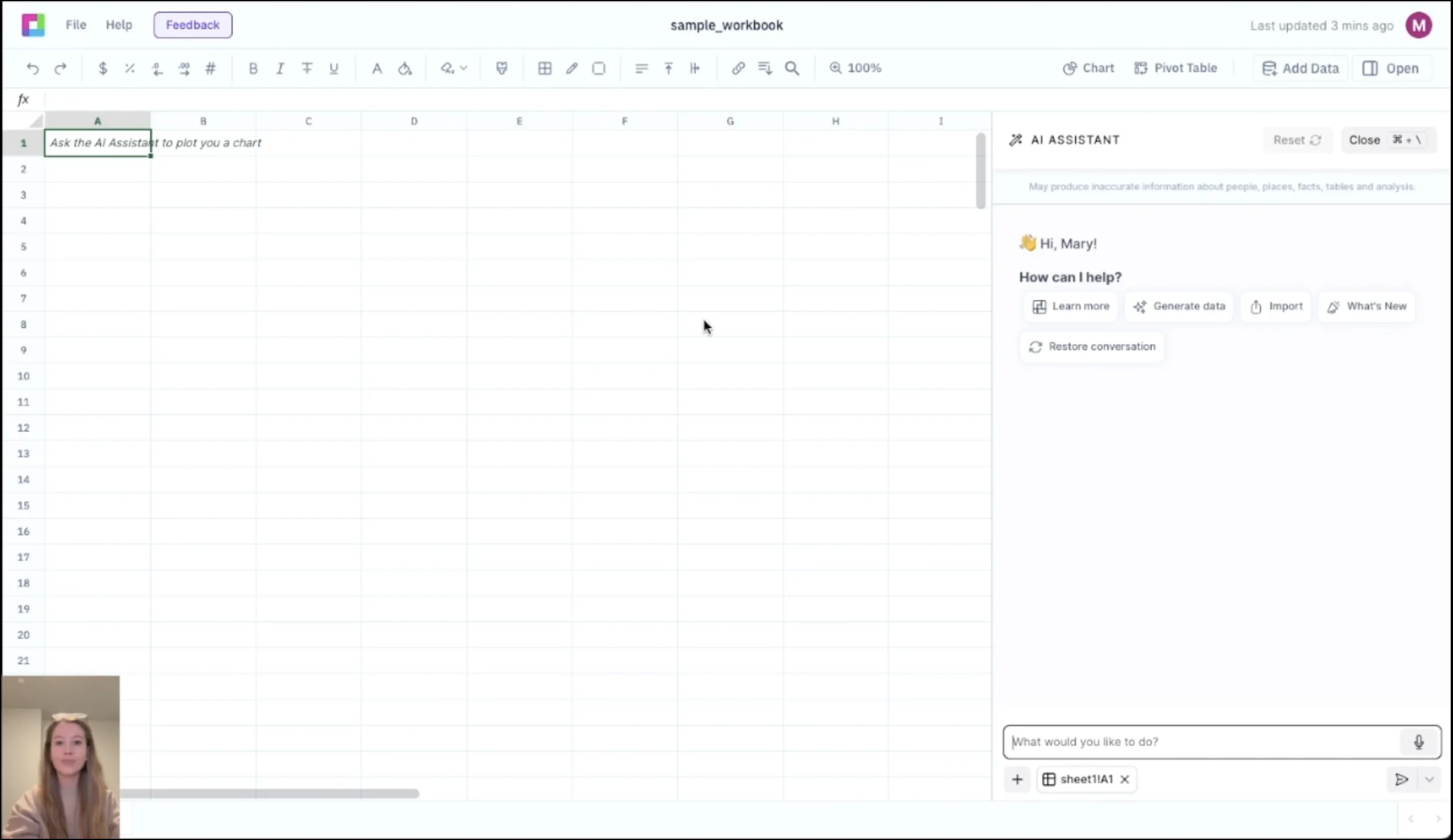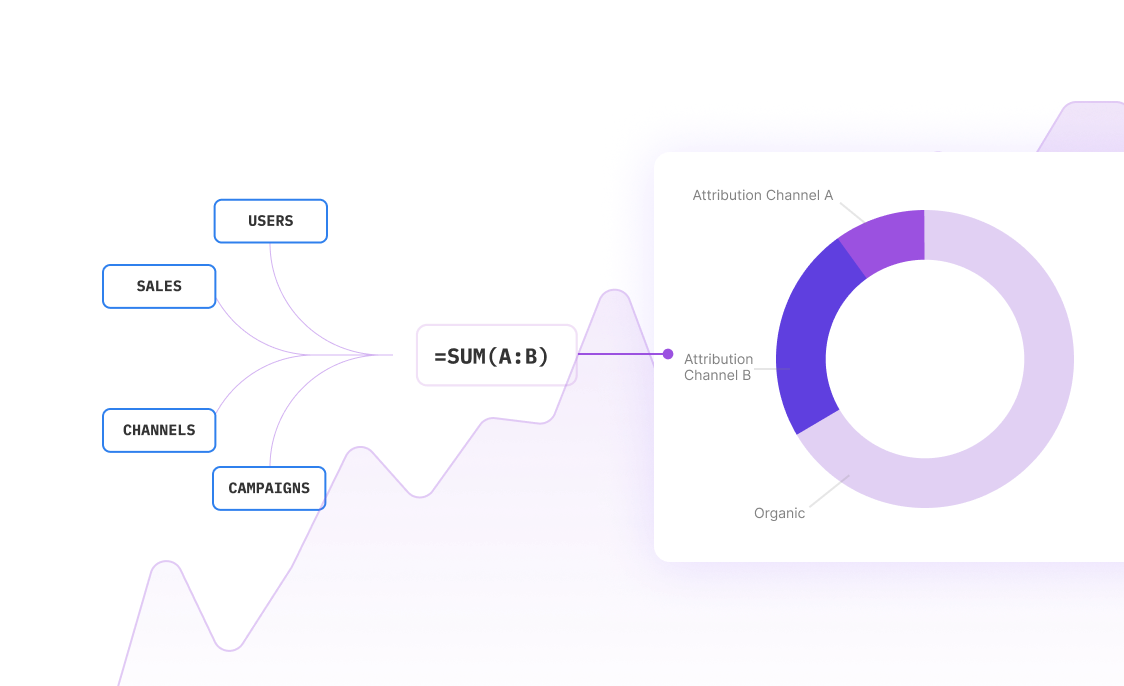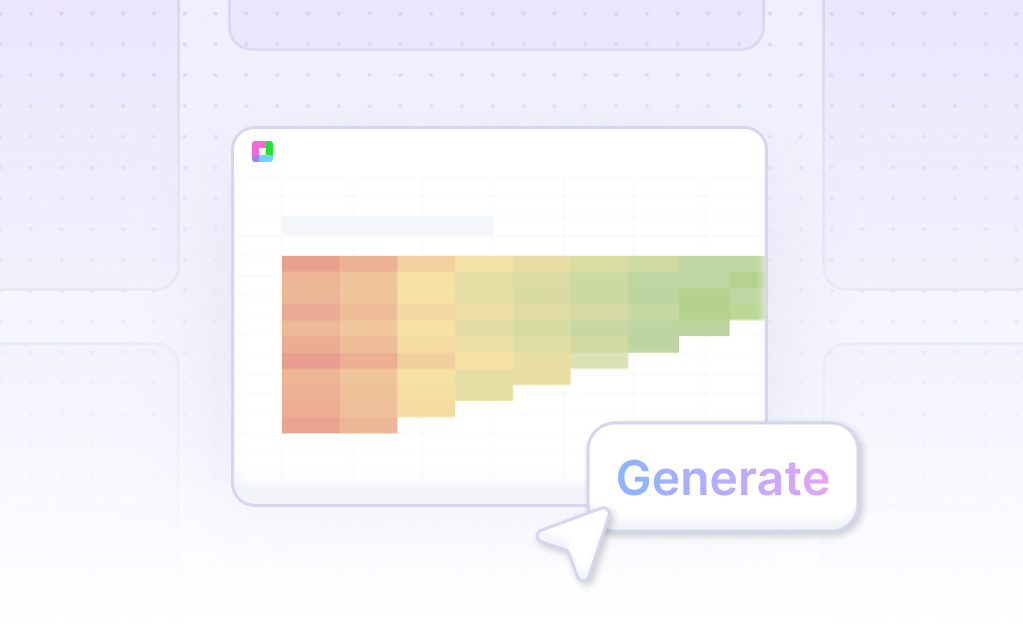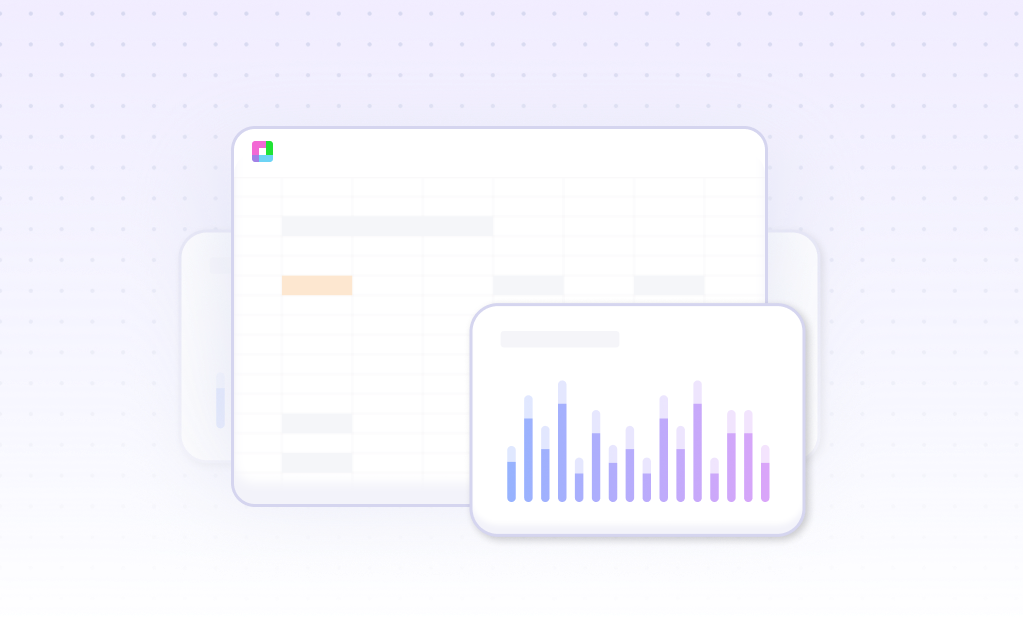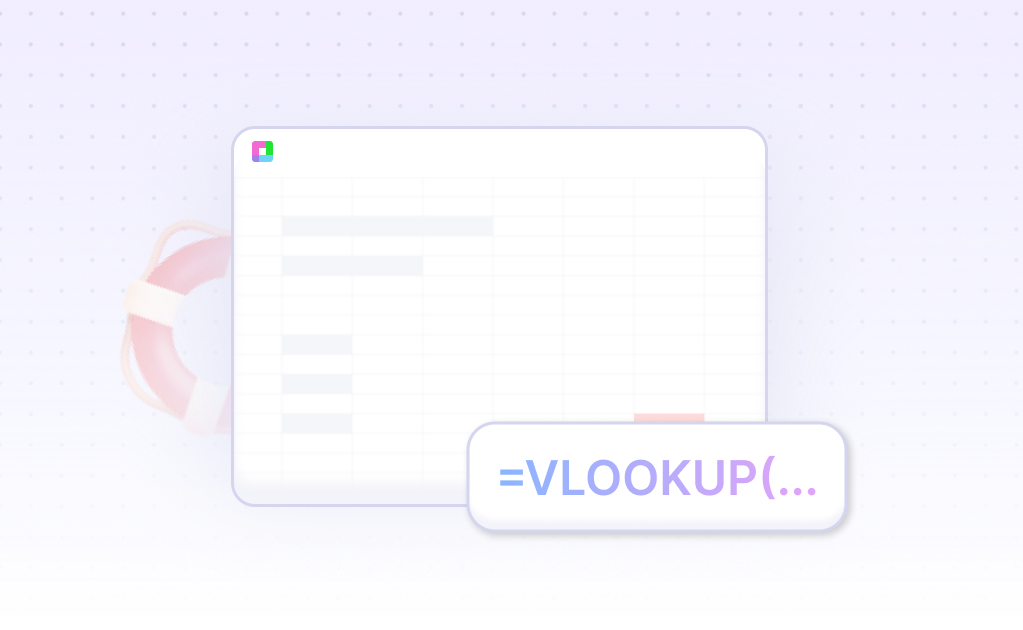
Master Quantitative Finance with Advanced Mathematical Modeling
Quantitative finance requires sophisticated mathematical modeling, statistical analysis, and advanced risk modeling techniques. Our Quantitative Finance template provides comprehensive tools to implement mathematical models, conduct statistical analysis, and develop quantitative trading strategies with institutional-quality frameworks for quantitative analysts and financial engineers.
From mathematical modeling to risk quantification, advance quantitative capabilities. Built for quantitative analysts, financial engineers, and risk managers, this template helps you implement advanced models, conduct statistical analysis, and develop sophisticated quantitative strategies.
Comprehensive Mathematical Modeling Framework
Stochastic Calculus & Processes
Implement stochastic calculus with Brownian motion, Ito processes, and stochastic differential equations. Model asset price dynamics and develop continuous-time financial models.
Time Series Analysis
Conduct time series analysis with ARIMA models, GARCH modeling, and cointegration analysis. Analyze financial time series and develop forecasting models.
Optimization & Numerical Methods
Apply optimization techniques with linear programming, quadratic programming, and nonlinear optimization. Implement numerical methods for complex financial calculations.
Monte Carlo Simulation
Implement Monte Carlo methods with random number generation, variance reduction techniques, and simulation optimization. Model complex financial instruments and risk scenarios.
Statistical Analysis & Risk Modeling
Statistical Inference & Testing
Conduct statistical inference with hypothesis testing, confidence intervals, and statistical significance testing. Analyze financial data and validate model assumptions.
Risk Metrics & VaR Modeling
Calculate risk metrics with Value-at-Risk (VaR), Expected Shortfall (ES), and extreme value theory. Implement parametric and non-parametric risk models.
Multivariate Analysis
Perform multivariate analysis with principal component analysis (PCA), factor analysis, and canonical correlation. Analyze portfolio risk and return relationships.
Machine Learning Applications
Apply machine learning with regression analysis, classification models, and clustering techniques. Develop predictive models and pattern recognition systems.
Frequently Asked Questions
How does it implement stochastic calculus?
The template implements stochastic calculus with Brownian motion, Ito processes, and stochastic differential equations. It models asset price dynamics and develops continuous-time financial models.
Can it conduct time series analysis?
Yes, the template conducts time series analysis with ARIMA models, GARCH modeling, and cointegration analysis. It analyzes financial time series and develops forecasting models.
How does it handle Monte Carlo simulation?
The template implements Monte Carlo methods with random number generation, variance reduction techniques, and simulation optimization. It models complex financial instruments and risk scenarios.
Does it include VaR modeling?
The template calculates risk metrics with Value-at-Risk (VaR), Expected Shortfall (ES), and extreme value theory. It implements parametric and non-parametric risk models.
How does it apply machine learning?
The template applies machine learning with regression analysis, classification models, and clustering techniques. It develops predictive models and pattern recognition systems.
Related Quantitative Tools
Connect your most-used data sources and tools to Sourcetable for seamless analysis.
Frequently Asked Questions
If you question is not covered here, you can contact our team.
Contact Us
